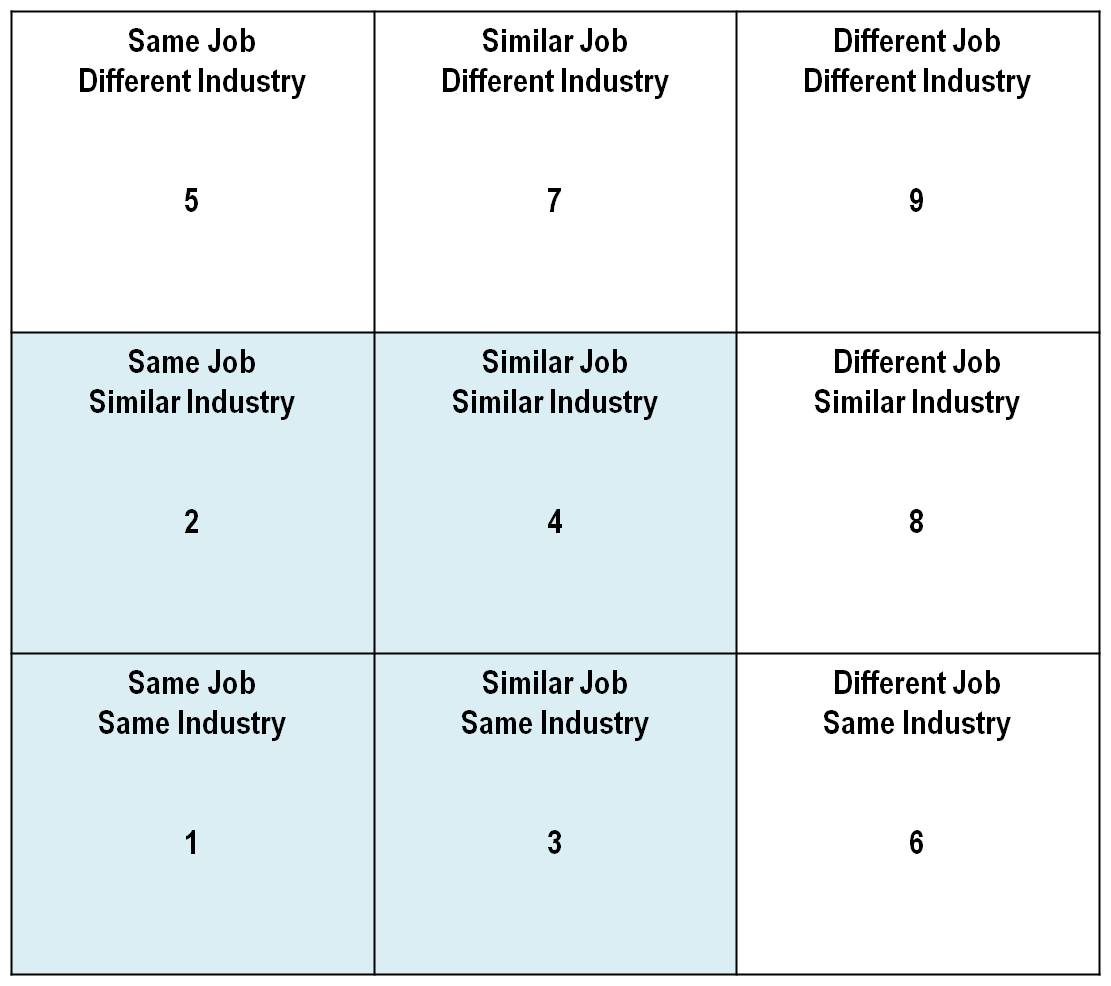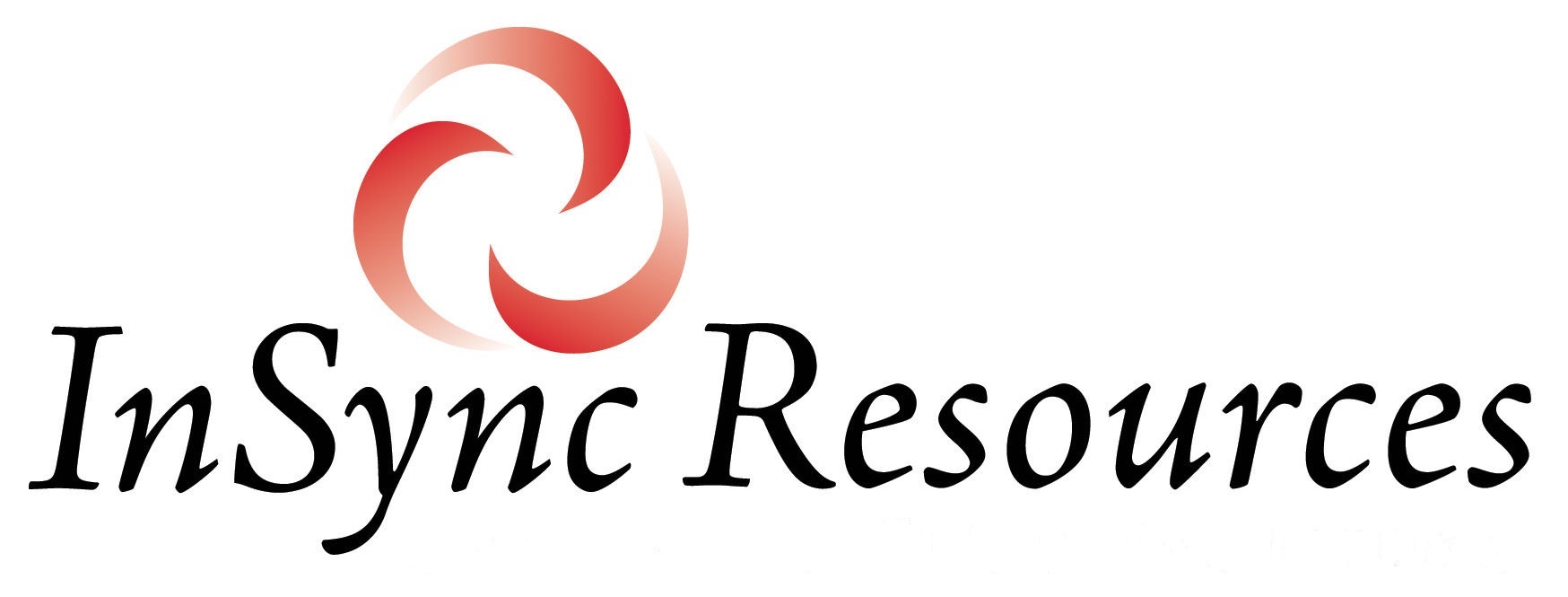
What to include in your resume should always depend on what you need to emphasize about yourself. This is especially important when writing a career change resume. What to include also depends on how dramatic your career change is going to be.
For example, if you want to go from being a salesperson for a drilling equipment manufacturer to being a salesperson for a refrigeration equipment manufacturer, that’s a small change since you’d still be in the equipment manufacturing industry. You’d simply emphasize your sales ability and reduce the terminology about drilling equipment in favor of terminology for equipment manufacturing in general.
A bigger career shift happens when you aim for a similar job in a different industry, like going from academic teacher to corporate trainer, or a different job in a different industry, like going from insurance sales rep to emergency room nurse. In these instances, you’d have to de-emphasize your employment history and bring attention to other elements in the way you present yourself.
The 9-Square Model | Degrees of Change
Although hiring managers take many factors into consideration when selecting candidates, they are all initially concerned with two dimensions of your background: the types of roles you’ve had and in what industries you’ve worked. They usually believe that the ideal candidate will have been doing the same or similar job before and in the same or similar industry as theirs.
Below is a 9-Square Model showing the nine degrees of change with square 1 being the easiest career transition to make and square 9 usually being the most challenging.

Making career moves that follow the variables shown in squares 1, 2, 3, and 4 are usually easier, and what you’ll need to do with your resume is easier too. Variables shown in the grid beyond square 4, can mean that the career change will take longer and be more challenging. Consequently, this is when your resume (and search strategies) might require some extra creativity.
Before We Go Further…
Let’s step back for a beat before we go further. I need to say something really important about resumes and search strategies for a career transition overall.
For the majority of career changers, finding a great job in a new career usually requires a proactive strategy that goes beyond relying solely on a great looking resume. In fact, even professionals who are not doing a career change – who are walking a straight line from one job to the next with the intention of doing the same thing in the same industry – will also need to use proactive job search strategies that go beyond solely relying on the resume to get the attention of a hiring manager.
The truth is that the most effective job search strategies will involve leveraging mutually-beneficial relationships (i.e. networking with friends, family, neighbors, past coworkers, etc.) to get the introductions you need. So, yes, you’ll want a great looking resume that clearly articulates what it needs to articulate about you so that your friends who are recommending you are proud to share it on your behalf. But just always remember that whether you’re in a career change or not, the purpose of a resume is not to get you hired. Its purpose is to stir the desire for a conversation with you.
3 Tips for Writing A Career Change Resume
#1 Do a job posting analysis
Find 3 to 5 online job postings that you believe you’re qualified for and would be ideal. These are positions you would target now that you’re shifting in that direction. By the way, don’t worry if these positions are located in your geographical target area. They can be located anywhere because this is just homework.
Next, you’ll compare these postings to see what verbiage they have in common. Look at skills primarily, but also look at the intangible qualities they’re looking for in common. The phrases and terminology that you see in common throughout these postings should also be reflected on your resume. You want to make sure that you match what you’re saying about yourself with what you’re targeting.
#2 Get creative with your summary
The top part of the first page is the prime real estate on your resume. Taking this metaphor a little further, think of this as where you create your curb appeal. You can control the narrative and target your resume by tweaking the following three “modular” elements in your summary section:
- Headline. I highly recommend using headlines for a career change resume. Although titles can be used, it’s probably best to focus on the main functional areas you are targeting, e.g. Administration, Customer Relations, Team Leadership, Business Development, Learning & Development, etc.
- Keyword List. This is a great place to mirror the buzz words you’re seeing in the online job postings. You can list the qualifications and skills requirements that you have in the profession and/or industry you’re targeting.
- Career Highlights. This section goes by many names – Selected Accomplishments, Notable Projects, Notable Contributions, etc. Whatever you choose to label it, the success stories you include here will prove what you say you’re great at doing, but they also allow you to highlight things from your background that tie in well with the jobs you’re targeting. Again, remember to use terminology that is understandable to your target audience, which means it’s general and transferable rather than specific to the industry and/or profession you’re leaving.
#3 Include your career chronology
When making a significant career change, you might think the logical solution for reducing focus on your work history is to not display it all or to omit role descriptions in the work history section. Before the popularity of social media profiles where we are given space to include our work history, particularly LinkedIn, this was fairly standard. We called it the functional resume.
I was never an advocate of functional resumes, especially ones that didn’t include past work history. Hiring managers don’t like resumes with missing employment history. However, they don’t need an exhaustive description of your work history either. Keep your career chronology on the resume, but include at least some minimal relevant information, along with employment dates, in your role descriptions.
Panning for Gold
During the COVID-19 pandemic, I worked with many clients who were forced to step back and take a holistic look at their backgrounds and possible next career steps. One was a musician who sifted through and pulled apart his musical and nonmusical skills. The nonmusical skills he decided to emphasize on his resume are skills he relied upon in order to have a lucrative career as a musician before the pandemic forced him to rethink his options. Skills like marketing and advertising, logistics and scheduling, contract negotiations, using digital recording software, product development, team work and leadership, teaching/training, etc.
 As you might imagine, this was a difficult resume to create. But he kept at it, and, in the end, it turned out great. Now he has something he can give to friends and family. Now he can submit it to potential employers for the possible types of positions we discussed, and he looks very credible as a candidate.
As you might imagine, this was a difficult resume to create. But he kept at it, and, in the end, it turned out great. Now he has something he can give to friends and family. Now he can submit it to potential employers for the possible types of positions we discussed, and he looks very credible as a candidate.
In a way, developing a career change resume is like panning and sifting for gold. You are looking at the alluvial substance of your career. What are you left with in the bottom of the pan after you remove that surface material? Underneath it all, you’ve got gold, and that’s what you’ll share about yourself on your resume.
